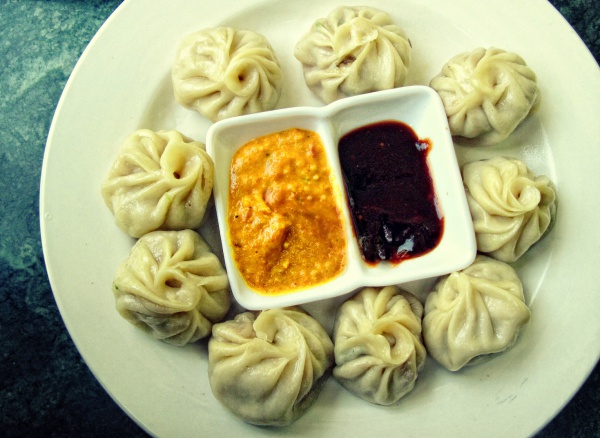Facts About Momo
Momo is a cherished type of steamed dumpling that's a staple in East and South Asia, particularly in the Indian subcontinent and the Himalayan regions. You'll find it in locations such as Tibet, Bhutan, Nepal, Ladakh, Sikkim, Assam, Arunachal Pradesh, and Darjeeling. Infused with Indian spices and herbs, momos bear a resemblance to other Asian dumplings like baozi, jiaozi, gyoza, and mandu.
The term "momo" originated in China and migrated to Tibet, India, and Nepal, generally referring to filled buns or dumplings. Although the precise origins are somewhat unclear, it is believed that momo traveled via ancient caravan routes connecting Central Asia. The Himalayan momo likely originated in Tibet and spread with the Tibetan diaspora.
Creating momo begins with a simple dough made from white flour and water. The fillings can greatly vary, including ground meat, vegetables, tofu, cheese, and more. Depending on the region, you may find momos filled with pork, chicken, goat, or buffalo meat. There are also numerous vegetarian options. Typically, the dumplings are steamed, but they can also be pan-fried or deep-fried.
There are two principal types of momo: steamed and fried. Both are usually served with a delectable dipping sauce. Additionally, there's soup momo, where the dumplings are served in broth, and pan-fried momo, known as "kothey momo." In regions like Sikkim and Darjeeling, you might encounter varieties such as tingmo and thaipo.
Today, momo is a traditional delicacy enjoyed in Nepal, Tibet, Bhutan, and various parts of India. Whether you're a meat lover or prefer vegetarian fare, there's a momo to suit everyone's taste!

 Bangladesh
Bangladesh